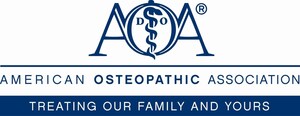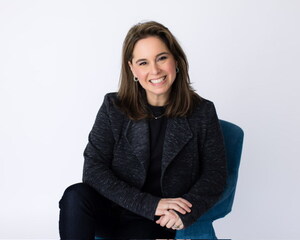American Osteopathic Association Reminds Patients that Symptom-Checker Medical Websites and Apps Should Not Replace Physician Visits
CHICAGO, July 21, 2014 /PRNewswire-USNewswire/ -- According to a September 2013 survey released by Makovsky Health and Kelton, the average American spends about 52 hours each year on the Internet looking up health information. While medical websites with symptom-checker tools— such as WebMD, Isabel Symptom Checker and EverydayHealth— can provide valuable health information to patients, they should not be used as a replacement for a visit to the physician. Members of the American Osteopathic Association's (AOA) House of Delegates voted to educate patients about the importance of seeing a physician when in need of a medical diagnosis instead of solely relying on medical websites or cell phone and tablet computer apps to self-diagnose illness or injury.
The AOA policy recognizes that every patient is unique and may present symptoms in a different manner, which makes it necessary to schedule an in-person appointment with a physician or consult by phone, email or telemedicine. Additionally, medical websites and apps do not usually take into account patient medical history and has limited ability to search for possible drug interactions.
"Physicians want to see patients educating themselves and taking control of their health and when used correctly these medical websites and apps are a great tool," says Michael R. Brown, DO, an AOA board-certified family physician in Kearney, Missouri. "However, the AOA wants to make sure patients realize that these sites and apps, no matter how convenient, cannot replace the patient-physician relationship."
What is a DO?
DOs are licensed physicians who can prescribe medication and practice in all specialty areas, including surgery, in the United States. They complete approximately four years of medical school followed by graduate medical education through internship and residency programs typically lasting three to eight years. In addition, DOs receive extra training in the musculoskeletal system, providing them with an in-depth knowledge of the ways that illness or injury in one part of the body can affect another. As one of the fastest-growing segments of health care professionals in the nation, the number of DOs has grown more than 200% during the past 25 years.
About the House of Delegates
The AOA's House of Delegates, comprised of more than 500 delegates representing osteopathic state medical associations, specialty societies, interns, residents and students from throughout the country, meets annually in July to set organizational policies and elect new officers.
About the American Osteopathic Association
The American Osteopathic Association (AOA) proudly represents its professional family of more than 104,000 osteopathic physicians (DOs) and osteopathic medical students; promotes public health; encourages scientific research; serves as the primary certifying body for DOs; is the accrediting agency for osteopathic medical schools; and has federal authority to accredit hospitals and other health care facilities. More information on DOs/osteopathic medicine can be found at www.osteopathic.org.
SOURCE American Osteopathic Association
WANT YOUR COMPANY'S NEWS FEATURED ON PRNEWSWIRE.COM?
Newsrooms &
Influencers
Digital Media
Outlets
Journalists
Opted In






Share this article